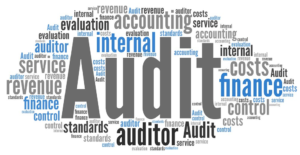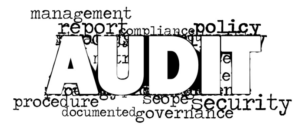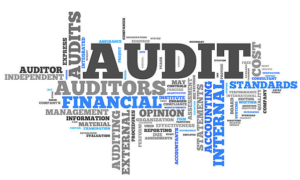Agile auditing is one of the services provided by Technology Expresso Consulting.

Agile auditing is an opportunity for you to have an outside observer evaluate your company’s current Agile maturity level as well as the Team’s Health. An Agile Auditing consists of the following:
- looking at your organization as a whole
- at your team
- at each individual contributor
- methods and tools
- training and coaching

We like to evaluate against a five (5) step maturity model, which includes:
Level One (1) – Ad hoc Agile or what some call small “a” – Agile; Even teams that have been working together a while could find themselves at a Level-1 if they are not formally and intentionally working toward continuous Agile-based process improvement.
Level Two (2) – is doing Agile in a way that the team is showing behaviors and following ceremonies related to Agile. The team is also doing some initial cross-functional activities. The team is usually going through their forming/storming phase* and has been trained on Agile tools. With each Sprint, the team is using metrics such as story points, burndown, and velocity to help them improve.
Level Three (3) – the team is being Agile, not just a single team but across teams. You see the common practices being applied. Most of the portfolio at level 3 is Agile. The roles and responsibilities across teams are consistent with Agile Auditing. Teams are using repeatable methods and approaches. The team is exercising intentional and significant continuous improvement efforts.
Level Four (4) – This is the phase where the team is thinking Agile, which at this point is a mindset shift. Agile Auditing habits have a high maturity across the organization. This is particularly seen in prioritization, negotiation, problem resolution, removal of impediments, and cross-team collaboration, including dependencies. Success is driven by metrics, the measurement of value, KPIs, and OKRs. There are successes across the teams. Measurement is based on business value realized. Test and build automation is highly enabled, which allows frequent releases and deployments.
Level Five (5) – is when the organization is culturally Agile. They’re applying both lean and Agile as part of the organizational culture, starting with the portfolio priorities and initiatives. They’re perfecting waste reduction. There is a smooth and predictable flow of delivering high efficiency. The teams are operating in a healthy way, where there’s not an overbalance; there is a healthy work-life balance and a sustainable pace. Innovation is at the forefront, and the teams are comfortable taking risks, even making mistakes. The teams are self-healing, with a marked reduction of escalations when things like roadblocks come up, and continuous organizational learning and continuous optimization of work processes are a part of the culture. 
An Agile Auditing will help you find out where you are on this spectrum, even help you identify what things cause setbacks in your maturity, help you look at what are long-term solutions to help you maintain consistency and maturity, and be able to recover from expected and unexpected setbacks. An audit helps the organization fully realize their long-term investment in Agile and helps to understand if teams or organizations are feeling Agile fatigue or transformation fatigue or getting in a rut, not seeing true progress, and not realizing their full investment. Our audits are customized; they’re personalized. We help the teams and present ourselves as a partner in fully realizing Agile benefits. We ensure the team doesn’t feel that an audit is pointing out mistakes or judgment of whether it is doing Agile right or wrong.
A typical audit can take anywhere from three months to nine months. There is a 30, 60, and 90-day follow-up after the audit to help you make sure the changes are helping you improve. For more information, please contact us here at Technology Expresso Consulting.